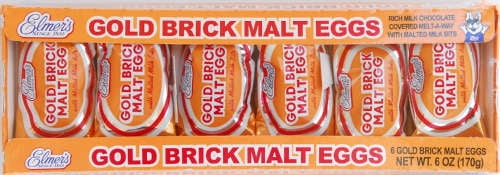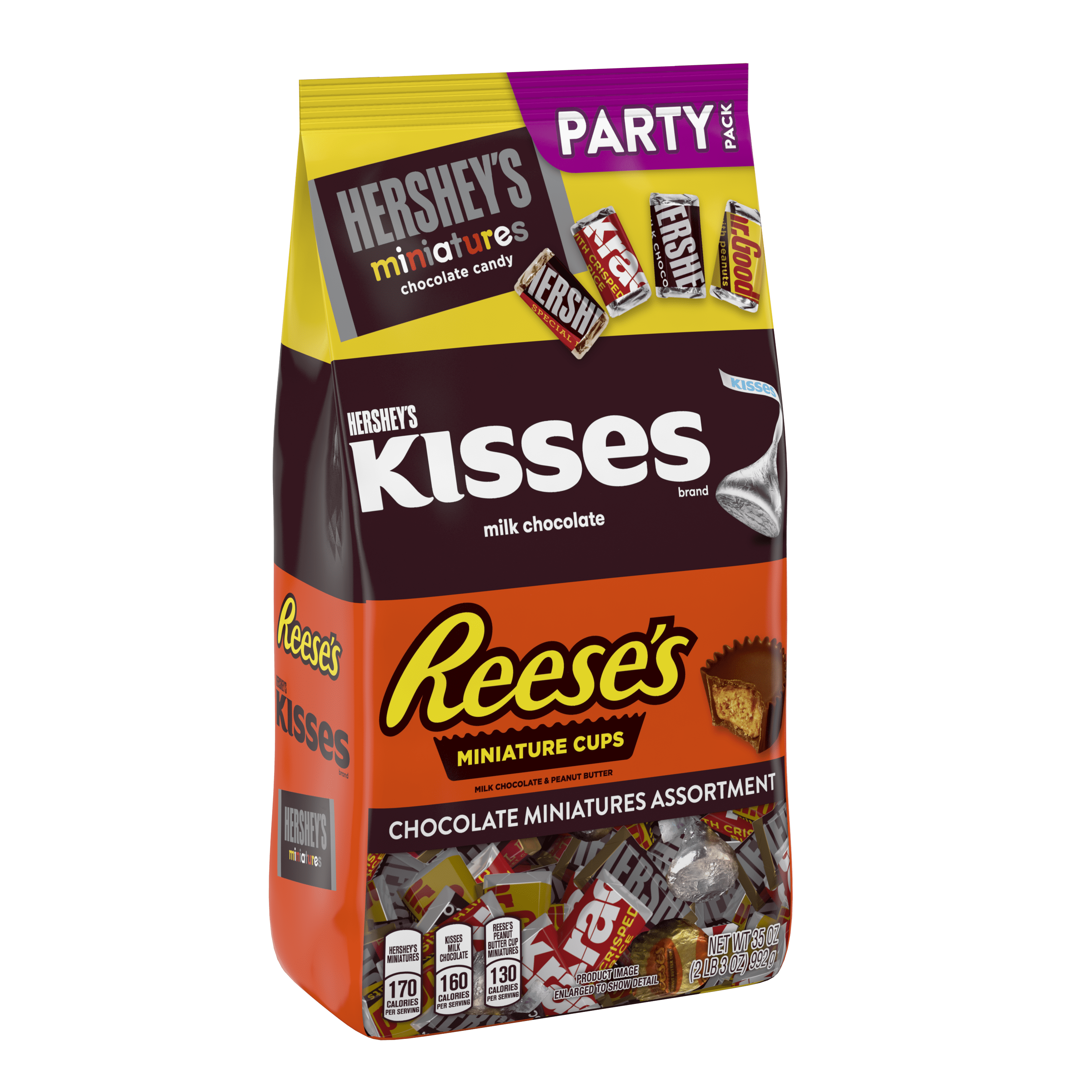

Bring a smile to someone's face and show how much you care - we make it easy to celebrate with chocolate. "I don't know how much longer we could have kept surviving on the wholesale side without this retail store," Sachan said, "because it has been a billboard to the brand for these millions of visitors to Nashville from all over the world.Caramel. The tourism boom in Nashville also benefited Goo Goo, which in 2014 - just as the visitors started to invade the city - opened a retail store, with special flavors of Goo Goo Clusters like peanut butter and pretzels or Cheerwine. Those places appreciate the retro appeal of a candy that was long advertised with a jingle on the Grand Ole Opry.
Elmer chocolate cracker#
Instead of groceries and drugstores, which often demand expensive slotting fees just to stock a candy, the gooey candy made of marshmallow, caramel and peanuts is now sold at shops like Tractor Supply Co., JoAnn fabric stores or the Cracker Barrel restaurants.

"Over time, as they tried to save money in production, they started to use some fillers and ingredients that we didn't think were probably the best thing to use," said Beth Sachan, Standard's vice president for sales and marketing. On the table was a bowl of untempered chocolate discs, and he snapped one up and ate it before talking. He sat down in the company's conference room, which hadn't been redecorated in decades, to tell Elmer's history. Nelson, 54 but with a boyish glow, is now the CEO. Rob Nelson's great-grandfather bought Elmer Chocolate in 1963 from the Elmer family. Candies like Polar, Love Nest, Big Alarm and Old King Tut wouldn't bring even a flicker of recognition if you traveled too far from their factories. (Gold Brick came later, in 1936, daring to sell for 10-cents when other bars were a nickel.)īy necessity, sweets used to be regional, because chocolate couldn't travel far in the days before refrigerated transport.

The Golden Age of candy bars were the years between World War I and the Great Depression, says Steve Almond in his book "Candy Freak." Roughly 30,000 brands were introduced, among them Heavenly Hash in 1923. That's not lean manufacturing," Kimmerle said. "Can you imagine bringing in all the ingredients to make a hundred different types of candy. Today the company, one of the last family-run candy makers in the South, says its Heavenly Hash, Pecan Eggs and Gold Brick Eggs, introduced in the early decades of the 20th century, outsell all other Easter candies from Beaumont, Texas, to Mobile, Ala. Growing up in New Orleans, Easter for Kathy Cunningham McKoin meant Heavenly Hash, a core of marshmallow fluff studded with almonds and covered in chocolate, Pecan Eggs, bricks of sticky nougat rolled in caramel and chopped pecans, and crinkly foil packets with Gold Brick pecan “melt-a-ways.” Not until she got to college did McKoin learn that other kids’ baskets were filled with Hershey’s, Reese’s and the same candies sold year round at groceries and drug stores.Įlmer Chocolate, in Ponchatoula, La., about an hour from New Orleans, makes all those Easter sweets that McKoin grew up on and now buys for her own kids. The pandemic did not impact production & distribution of Easter candy, which was already complete by February of that year. Editor's note : This story was originally published in April 2020.


 0 kommentar(er)
0 kommentar(er)
